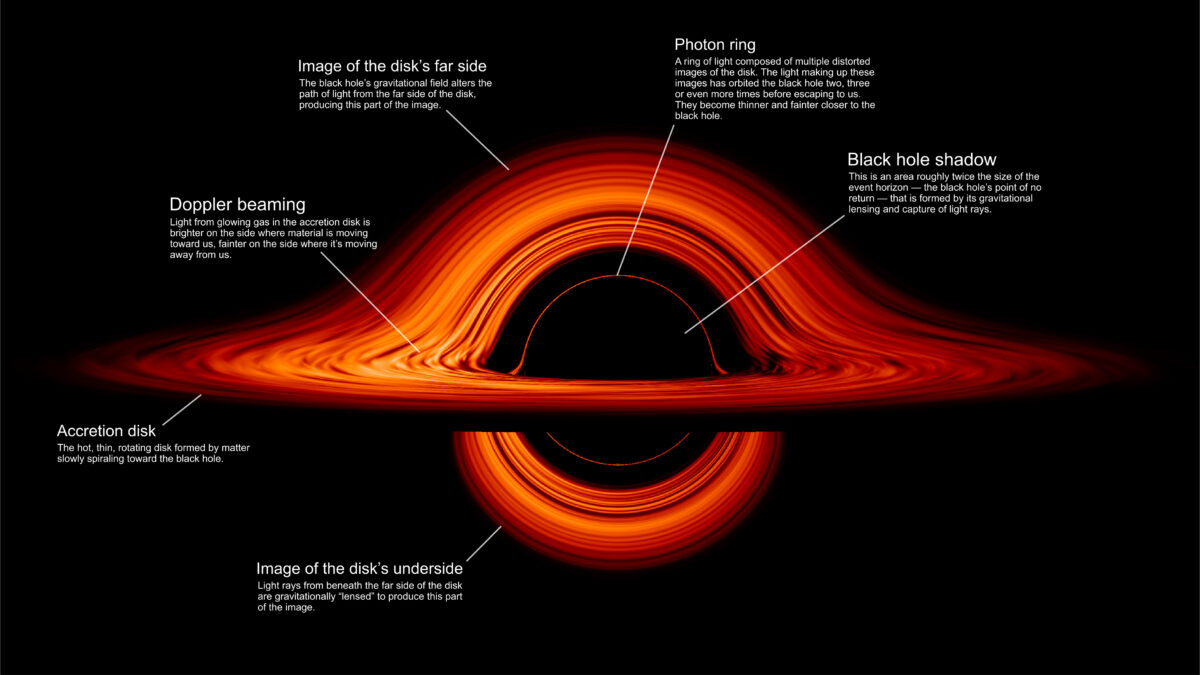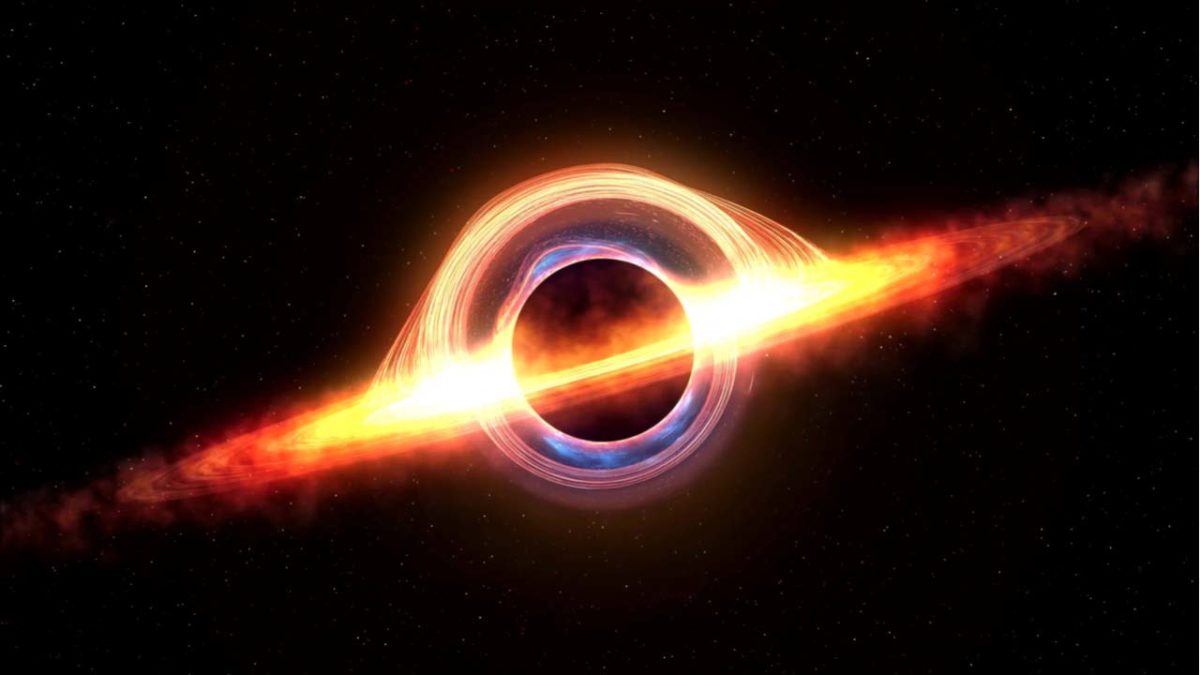The sudden brightening of a distant galaxy has been linked to the core of its star system and the unexpected activity of a colossal black hole, one million times the mass of the sun.
For decades, the galaxy in the Virgo constellation showed no unusual behavior. This changed dramatically at the end of 2019, when astronomers detected a significant and ongoing increase in its brightness.
Scientists now believe they are observing unprecedented changes, with the central black hole of the galaxy staging an intense cosmic display as it engulfs large amounts of material.
“We discovered this source just as it began to exhibit these variations in brightness,” said Dr. Paula Sánchez-Sáez, an astronomer at the European Southern Observatory in Garching, Germany.
The anomaly
The galaxy, known as SDSS1335+0728 and located 300 million light years away, caught astronomers’ attention in December 2019 when the Zwicky Transient Facility in California recorded a sudden increase in its brightness.
Researchers found that the galaxy had recently doubled its brightness in mid-infrared wavelengths, increased its ultraviolet brightness fourfold, and grown at least ten times brighter in the X-ray spectrum.
The cause of this sudden brightening is still unclear, but the researchers, writing in *Astronomy and Astrophysics*, suggest the most likely explanation is the formation of an “active galactic nucleus.” This occurs when a massive black hole at the center of a galaxy begins to actively consume the surrounding material.
Active galactic nuclei emit a wide range of light as the gas around the black hole heats up and glows, while surrounding dust particles absorb some wavelengths and re-emit others.
However, this is not the only possible explanation. The team has not dismissed the idea of an exotic “tidal disruption event,” where a star is torn apart after wandering too close to a black hole.
Tidal disruption events are usually brief, brightening a galaxy for only a few hundred days, but further measurements are needed to rule out this possibility.

The phenomena surrounding black holes
Black holes, despite their name, are detectable by a variety of observable signs due to their profound influence on their surroundings. These signs enable astronomers to study these enigmatic objects indirectly, as they themselves emit no light.
One of the primary indicators of one of them is gravitational lensing. As light from distant stars passes near it, the immense gravitational pull bends the light, creating a lensing effect. This can distort or magnify the light from background objects, providing indirect evidence of the black hole’s presence.
Another significant sign is the behavior of stars and gas near the black hole. Stars orbiting an unseen massive object at high speeds, especially in the centers of galaxies, suggest the presence of a supermassive object. Observations of such stellar movements in the Milky Way’s core have confirmed the presence of one approximately 4 million times the mass of the Sun.
Accretion disks are another hallmark of black holes. These disks are composed of gas and dust and continue to spiral into the black hole, heating up to millions of degrees due to friction and many other forces, emit intense X-rays and ultraviolet radiation. The X-ray emissions are particularly strong and can be detected by space telescopes. Cygnus X-1, one of the first black hole candidates, was identified this way.
Occasionally, black holes can cause tidal disruption events. When a star gets too close, it can be torn apart by it’s tidal forces. This process releases a burst of radiation that can outshine the host galaxy temporarily, signaling it’s presence.
Jets of particles ejected at near-light speeds from the regions around supermassive black holes in active galactic nuclei also serve as observable signs. These jets emit across the electromagnetic spectrum and can be detected by radio, optical, and X-ray telescopes.
Lastly, gravitational waves, ripples in spacetime caused by merging black holes, have become a crucial method of detection. The LIGO and Virgo observatories have confirmed multiple such mergers by detecting these waves, opening a new avenue for black hole observation.
By studying these signs, astronomers can infer the existence, properties, and behaviors of black holes, deepening our understanding of these fascinating cosmic phenomena.



